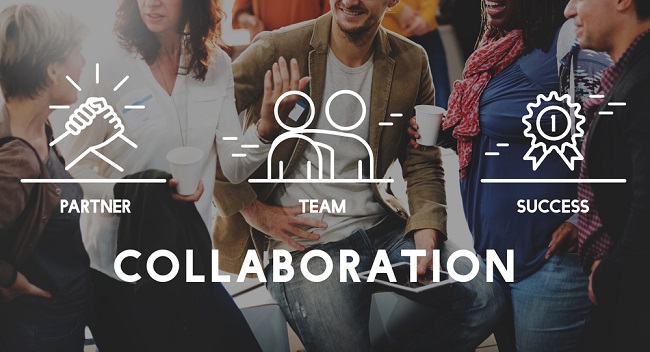Topics
Sign Your Learning Strategy Up for Yoga, It's Time to Get Flexible

Three warning signs flash up for me as I consider the 2017 learning and development trends in the CGS annual report the: Lack of cross-enterprise collaboration; fall of the facilitator; and rigid nature of many L&D strategies and initiatives.
Over 70 percent of those surveyed state that the role of L&D will change this year. That's huge! If your team doesn't have partners in the business, a smart replacement for the facilitator, and processes that pivot alongside your corporate goals and initiatives, you are not in control of that change.
Embracing the change means innovating for the good of your enterprise. Let's dig deeper into the data to see how you can get out front, sooner rather than later.

Be the collaboration you want to see.
We know collaboration is rightly a hot commodity among people skills right now. It's one of the main reasons companies are spending the most resources on soft skills in 2017, ahead by nearly 10 percent above other survey selections.
If your ROI is tied to engagement, a common thread in this report and others, you might think it is your job to teach people in your organization to be more collaborative in an effort to meet those scores. Sure, do that. But also, demonstrate collaboration. I know it is frustrating when it seems like the business is brushing you off. Guess what—it's your job to make yourself relevant, not to sit by the phone and wait for learning requests to come in. From the report: “It’s somewhat of a startling figure but according to the respondents, 81.8 percent of organizations only have cross-departmental discussions around training, employee development or skill-building on an as-needed basis, quarterly or less!” Talk about opportunity. Who is better suited to spark that connection and collaboration than the learning team?

Get out of the way.
Speaking of connecting people across silos, social media is the new facilitator. Think less about a person and more about a process. According to the report, “For the more than 85 percent of respondents planning to maintain or increase their use of social media, decision makers feel that the benefit of tapping into collaborative learning environments will allow subject matter experts in the workplace community to share their expertise directly with their peers.”
This can save money, time and energy while engaging and retaining employees. Done and done. Now, if you are worried that getting out of the way will make you obsolete, you are right. The traditional facilitator is on the decline whether we like it or not, ranked as the bottom spending priority at 18.25 percent of learning channels. Do you want that change to happen to you, or are you willing to think in new ways about what it means to facilitate? It’s time to redefine the role. Go ahead, mind map it.

Proactively Manage the Change that You Want
Nearly 53 percent of the companies surveyed have no plan in place for handling major events that could affect their business (or, if they have one they are unaware of it). I will emphasize once again the importance of practicing what you preach.
In recent history, teaching change management or change leadership has been the response to so much uncertainty. Rather than talk about change, however, what if you modeled the skills actually needed to deal with change? What if your own learning and development strategy itself was adaptable to changing needs? Some good news from the trends report: “Instilling a culture of learning is allowing companies to get out in front of advancing trends.” You can be proactive. As long as you are not rigid or isolated in your approach but innovative in your offerings and delivery methods.
Armed with an understanding of these trends, you are now liberated to rethink the services your learning and development teams offer. Thinking big, how do you envision facilitating a learning culture? What missing links can you provide across initiatives? Seizing this opportunity to get out of the classroom and into the business will demonstrate the ROI of L&D more clearly than ever before. Just be sure to continue to re-envision your role when needs change in subsequent quarters. Remaining open to change is the difference between thriving and surviving.
 Currently a Consultant in the Well-being business, Jessica Farquhar Campbell has nineteen years experience coaching and teaching in various settings, private and public, with individuals and groups. She has taught in the nation's top writing programs at Purdue and University of Louisville. A veteran yoga and mindfulness practitioner, she is fueled by her passions for personal growth and well-being. One of her first teaching roles was as a behavioral therapist for children with autism.
Currently a Consultant in the Well-being business, Jessica Farquhar Campbell has nineteen years experience coaching and teaching in various settings, private and public, with individuals and groups. She has taught in the nation's top writing programs at Purdue and University of Louisville. A veteran yoga and mindfulness practitioner, she is fueled by her passions for personal growth and well-being. One of her first teaching roles was as a behavioral therapist for children with autism.
As a graphic designer for the Air National Guard, she worked her way through undergraduate and graduate school, teaching and writing every step of the way. She holds a Master of Fine Arts in Creative Writing, "the new MBA," according to Fast Company, as innovation and creativity become priorities for businesses looking to thrive in the twenty-first century.

